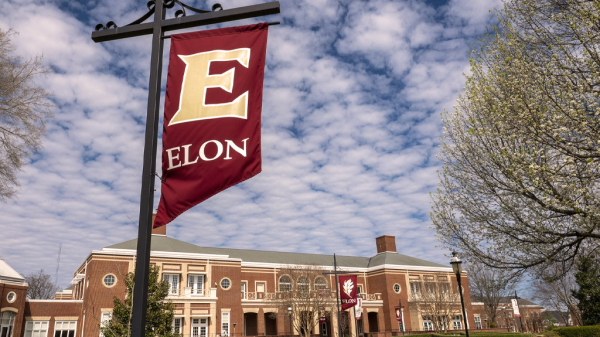The perils of pragmatism
US President Harry Truman once famously stated, “Give me a one-handed economist! All my economists say, ‘on one hand … on the other.’” Chairman of the Federal Reserve Janet Yellen’s latest remarks on the labor market call Truman’s exhortation for a clearer picture to mind.
![]()
Speaking to the graduating class at the University of Baltimore, Yellen said that the graduates were “entering the strongest job market in nearly a decade,” with a low unemployment rate of 4.6 percent, equal to pre-recession numbers. While the picture isn’t as bleak as what new entrants into the labor market faced during the recession, the numbers aren’t quite the rosy picture that Yellen paints.
By the numbers
The U.S. unemployment rate is determined by the Bureau of Labor Statistics. They conduct a monthly survey of nearly 110,000 people, who are identified by geographic location and characteristics that are as representative as possible of the workforce.
These individuals are rotated quarterly so that no one is counted for more than four consecutive months. This leaves a monthly sample that is 75 percent stable with a 50 percent annual residual.
Participants in the survey are questioned about their job status and/or labor force activity during the week covered in the survey.
Seems simple, right?
![]()
Well, it depends on which unemployment rate you want to focus on. The 4.6 percent number Yellen stated in her speech is based on what’s known as the U-3 unemployment rate.
This rate doesn’t take into account individuals who are either working part-time because that’s the only type of job that the can find or those considered “marginally attached” to the labor force.
Marginally attached and missing workers
People considered “marginally attached” are those who want work, and have looked for work at some time in the past year, but are at the moment neither working or looking for work.
Workers in these situations are counted in the U-6 unemployment rate, which currently stands at 9.3 percent. This is significantly lower than the heights of the recession, but more than double the number that Yellen cited.
The Economic Policy Institute, a Washington, D.C. think tank, estimates that there are approximately 2.3 million such “missing workers” in the United States. This includes those working part time jobs because no other options are available for them, or who have stopped looking entering the holiday season.
The St. Louis branch of the Federal Reserve places the current labor force participation rate at 62.7 percent, the lowest since the recession. It’s also the lowest the United States has seen in any period, recession or non-recession, since December 1977.
![]()
A brave new world
As graduates enter the workforce, they face a recovering labor market. But it is one that is more fiercely competitive than ever before, without a place for many qualified people who want to work.
Expectations that seemed de rigeur even a generation ago for graduates entering the job market now no longer apply. Even entry-level jobs prefer that potential employees come to them with some form of experience, as well as impeccable grades. Jobs that are available are often part-time to avoid the vesting of benefits, spread across the world due to the globalization of the economy.
Congratulations on graduation, indeed, but perhaps married with condolences.
#JobMarket
Roger is a Staff Writer at The American Genius and holds two Master's degrees, one in Education Leadership and another in Leadership Studies. In his spare time away from researching leadership retention and communication styles, he loves to watch baseball, especially the Red Sox!











































Scott
December 29, 2016 at 12:01 am
And yet, even if you use a different measure for unemployment, it is the best it has been in a decade. her statement is true, not misleading. if you’re asking is it the best job market in 20 years? no 🙂